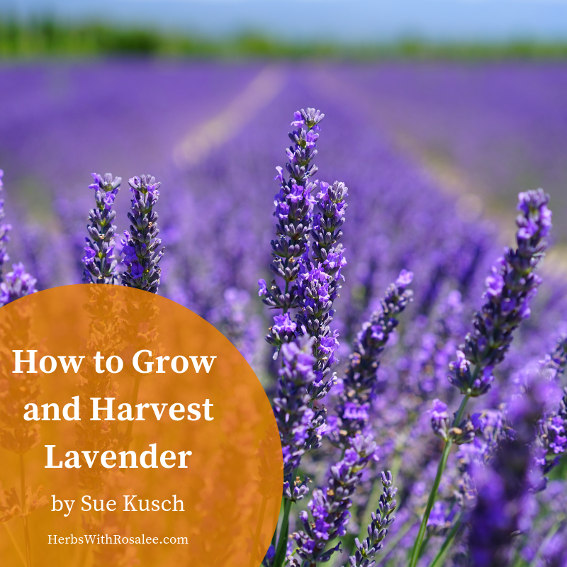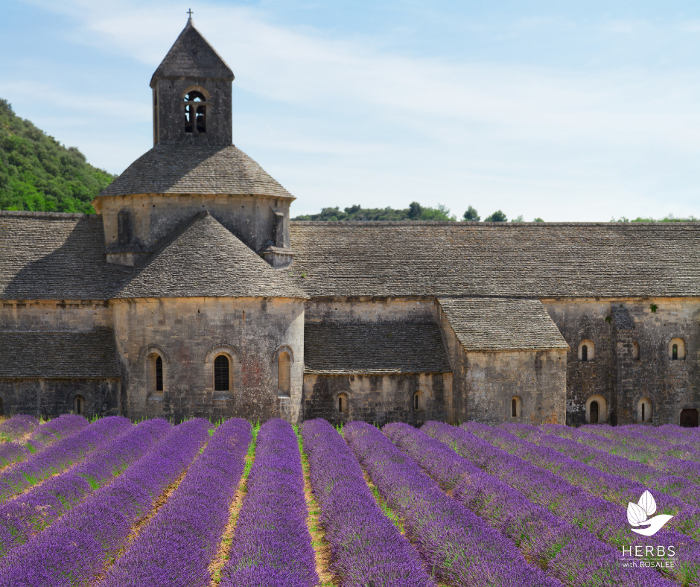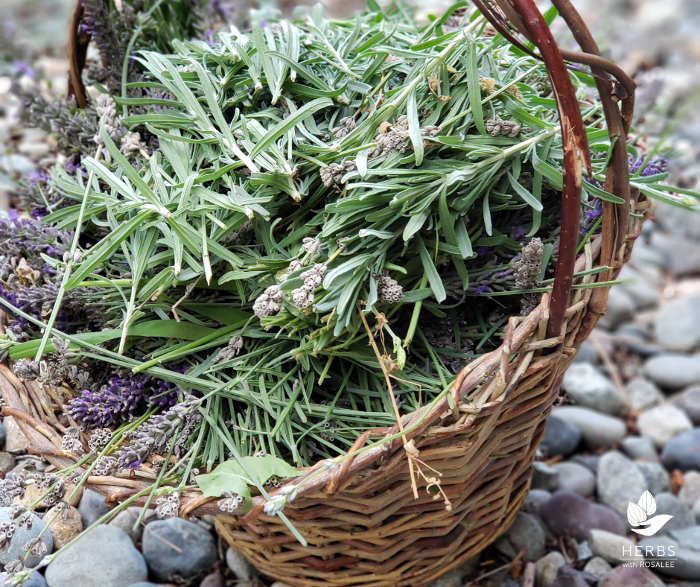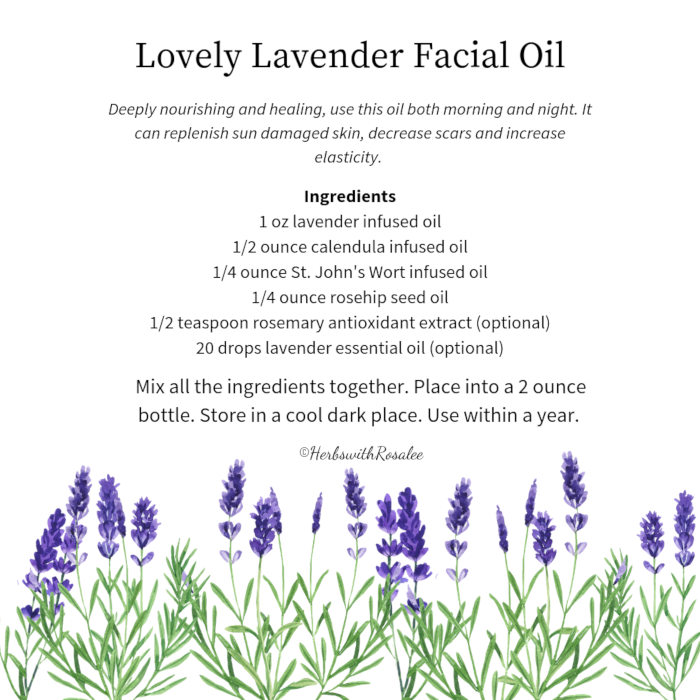Get weekly tips, recipes, and my Herbal Jumpstart e-course! Sign up for free today.

Growing Lavender
Share this! |
|
Growing lavender is a must for the everyday herb gardener.
It’s early spring and the lavenders need a serious haircut. I meant to lightly prune and move a few of them last fall but I guess I forgot. Herbs are incredibly forgiving of gardeners who run out of time and memory.
Adored since the ancient Roman era, lavender has garnered a somewhat unique presence in modern Western culture. There are over 500 lavender farms in North America and many of them are open to the public, hosting festivals, u-pick opportunities, and private event rentals. Other farmers grow varieties that are used in the commercial production of lavender essential oil, which is one of the top-selling essential oils in the world. But for the everyday herb gardener, lavender is one of the must-have herbs in the garden.
Lavender is a delightful plant that offers a host of gifts to its caretakers. As a perennial landscape plant, it can hold its own among larger shrubs and taller flowers and some of the smaller varieties can serve as edging plants in a landscape bed. The lavender buds attract bees and butterflies but deer and rabbits avoid them. In early summer, the petite, aromatic purplish buds are ready to harvest for use in cooking, healing and in body care products. If you grow a variety with long stems, the stems can be cut at the base, hung upside down to dry and then used in dried floral arrangements. One of the most unique things I’ve created with lavender is a set of aromatic woven wands.
Growing Lavender: What Types of Lavender Should You Grow?
People are often surprised to learn there are 45 species and over 450 varieties of lavender; most plant centers and nurseries sell a limited number of species and varieties. Specialty herb nurseries and lavender farms offer far more choices and choosing the best species depend on two factors: what grows best in your region and what you would like to do with your lavender plants.
A member of the large mint (Lamiaceae) family, lavender belongs to the genus Lavandula. There are three lineages of lavender: English, French, and Spanish.
Growing Lavender: English Lavender (Lavandula angustifolia, L. latifolia, L. spica, L. vera)
(Lavandin is a hybrid between L. angustifolia and L. latifolia and they tend to have longer stems.)
- Hardiest of the genus; well-suited to northern climates
- Strong lavender scent in flower buds
- For medicinal uses, most herbalists agree that L. angustifolia is best for extracting in oil or distilling
- Narrow 2-inch gray leaves
- Grows to 1-3 feet high
- Flowers in late spring - early summer (some can flower twice)
- Popular and widely available varieties: ‘Hidcote’ and ‘Munstead’
Growing Lavender: French Lavender (L.denata)
- Also hardy and suitable for northern climates
- Gray-green leaves are dentate (has serrated edges)
- Both buds and leaves are highly aromatic
- Grows to 2 feet high
- Flowers early to mid summer
- Popular and widely available varieties: ‘Provence’ and ‘Grosso’
Growing Lavender: Spanish Lavender (L. stoechas)
- Prefers warm climates (USDA Zones 7 - 9)
- Does well with cool humidity; steamy heat can produce fungal diseases.
- Unique spikes of pinecone-like blossoms topped with large purple bracts
- Popular landscape plant
- Grows 1-2 feet tall
- Gray-green leaves that smell more like rosemary
- Flowers from mid-spring to mid-summer
Tips for Growing Lavender
- Needs full sun (6 - 8 hours)
- Thrives in USDA Hardiness Zones 5-8 though some varieties can be grown in Zones 3 and 4.
- Well-draining soil is necessary; amend heavy clay soil with compost and a bit of sand.
- Maintain pH between 6.4 and 8.
- Avoid overwatering; allow the soil to completely dry out between waterings for mature plants.
- In cooler regions, some growers mulch with a layer of light or white gravel, which reflects and releases heat.
- If temps drop below 20°F, a thick layer of organic mulch helps to protect the roots.
- Annual spring pruning helps to maintain the shape and health of the plant
How to Grow Lavender from Seeds and Cuttings
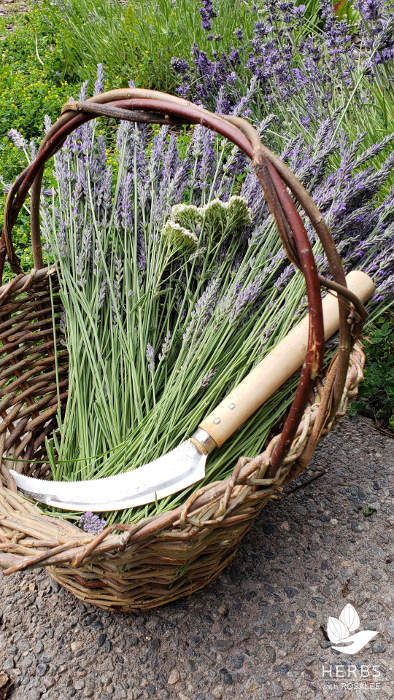
Starting lavender by seed can be challenging and frustrating. It can take up to three weeks (with consistent but not too much watering) and less than 50% of seeds sown will germinate.
Taking lavender cuttings from established plants in the spring is effective but avoid overwatering and use a rooting hormone to help speed up the process. Cuttings produce clones of the parent plant. In my experience, most home gardeners don’t remember the variety of what they planted so if you just want a few lavender plants for your garden and not for medicinal uses, then ask for cuttings from your gardener friends.
If seeking medicinal applications or wish to distill lavender oil or hydrosol, then buying a lavender start of a specific species is the best investment. Check out a local lavender farm if one is available. They often sell seedlings and are happy to give growing tips.
Growing Lavender: Harvesting and Pruning Lavender
Lavender buds should be harvested just as the buds are starting to open. Once they have opened, much of their aromatic oils will have dissipated. Tie the stems in small bundles, hang upside down and out of light to dry. When dry, garble the flowers off the stems by gently running your hand down the stem to remove the flowers. Store in a glass jar in a cabinet.
Infuse the dried flowers into oils to make salves and body care products and in distilled vinegar to use as a household cleaner. Lavender’s strong floral aroma in scones and shortbread is an acquired taste for some people but mixing it with some fresh rosemary makes a yummy and unique shortbread.
Lavender requires annual pruning to keep its shape. In fall or early spring, do a harsh pruning of each plant: remove any dead woody stems in the center and take off a healthy one third from the top of the plant. When cutting flower stems, leave 3 inches of the bottom stem with the plant.
Here’s a tip from Rosalee: If pruning in the fall you can use those aromatic leaves and stems to scent your clothes and linens.
Here’s what to do: Prune, then dry the materials. Once dried place them in old pillow cases and use these to line your drawers or linen closet. Replace every year.
Herbal infused oils are powerful healers for the skin! The following recipe combines three of my favorite herbal infused oils and can be used on your face or slathered on your whole body.
If you don’t know how to create your own herbal infused oils, my friend Kami McBride is offering a free workshop showing you exactly how to make a fresh lavender oil. Click here to join.
When you register you’ll also get a free e-book on making lavender infused oil. You’ll enjoy this workshop! It’s only available for a short time, so watch it today.
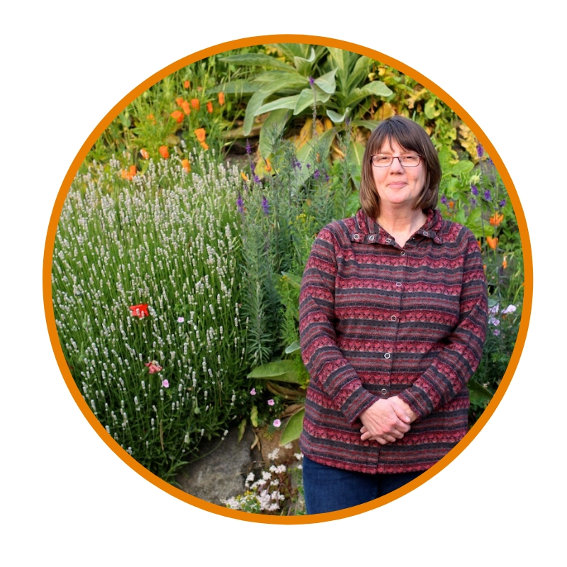
Sue Kusch, a former community college instructor and academic advisor, incorporates her experiential wisdom, expertise and science-based research garnered from her three decades of growing vegetables, fruit and herbs into her educational writing about plants and how people use them. In addition to her BA in Social Sciences and Masters in Education, she completed the Master Gardener training in 2011 and two permaculture courses in 2001 and 2014. She has studied medicinal and nutritional uses of herbs, including studies at Herbmentor and East West School of Planetary Herbology, since 1997. An avid reader, lover of historical and folkloric information, and a promising storyteller, Sue writes about the intersection of plants and people.
